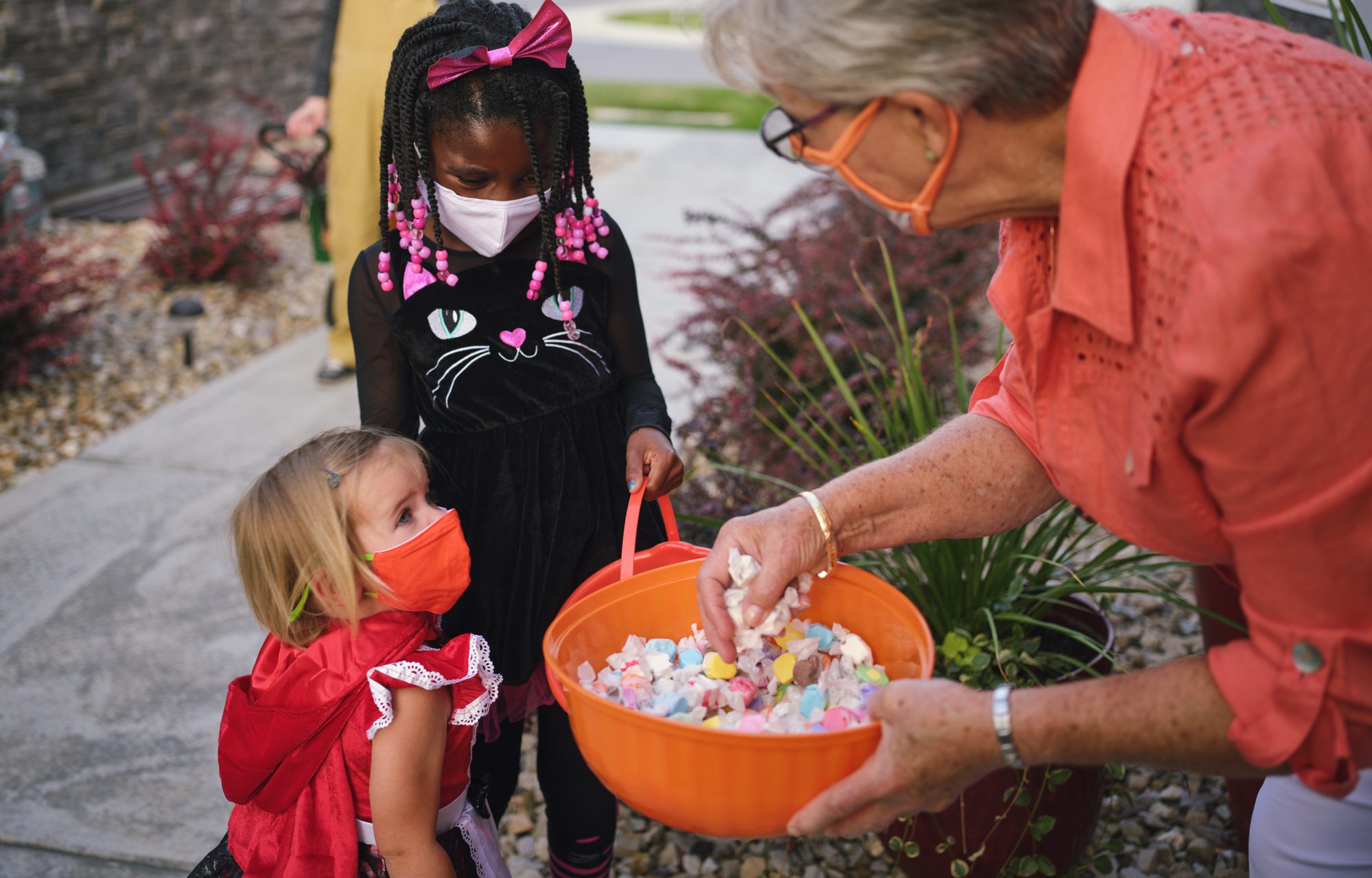In a sweet surprise, the Centers for Disease Control and Prevention has signaled their support for little ghosts and ghouls to trick or treat this Halloween. However, it warns of some precautions to parents and kids before scampering out their doors.
The CDC recommends trick-or-treating outside and in small groups. Crowded indoor Halloween gatherings are deemed less safe.
Other precautionary measures like physical distancing and good hand hygiene remain healthy practices that can keep trick-or-treaters safer. And it wouldn’t be Halloween without masks! Masks can be part of any costume.
“As an urgent care pediatrician and a mom of two little kids, I know how important it can be for kids to have a sense of normalcy again, including celebrating the holidays,” said Jennifer Louie, M.D., with Sutter’s Palo Alto Medical Foundation in Fremont. “The past year and a half has been extremely difficult for kids, emotionally and mentally, but we are in a much better position this year than we were last year. With some simple precautions, kids can trick-or-treat safely and still have a great time this Halloween season.”
These safety measures can be especially important since trick-or-treaters are often 11 years old and under. Those youngsters are still ineligible for COVID-19 vaccination. However, everyone 6 months and older qualifies for a flu shot, which can serve as a great defense against the respiratory viral infection.
“With schools, child care and sports now back in person, it is even more important this year to help prevent influenza disease,” said Judi Vallero, M.D., a pediatrician at Sutter Medical Foundation in Davis. “Flu vaccines are an important way to help prepare our body’s defense mechanisms to fight off the flu this season.”
Dr. Vallero states that children who are 6 months through 9 years old and received only one flu vaccine last season or are receiving the vaccine for the first time this season should receive two doses spaced four weeks apart.
“Everything we can do to help keep ourselves well will also keep our families, schools and communities healthier and safer,” she said.
Note: This content is not intended to be a substitute for professional medical advice, diagnosis or treatment. Always seek the advice of your physician or other qualified health provider with any questions you may have regarding a medical condition. Never disregard professional medical advice or delay in seeking it because of something you have read on this website.





